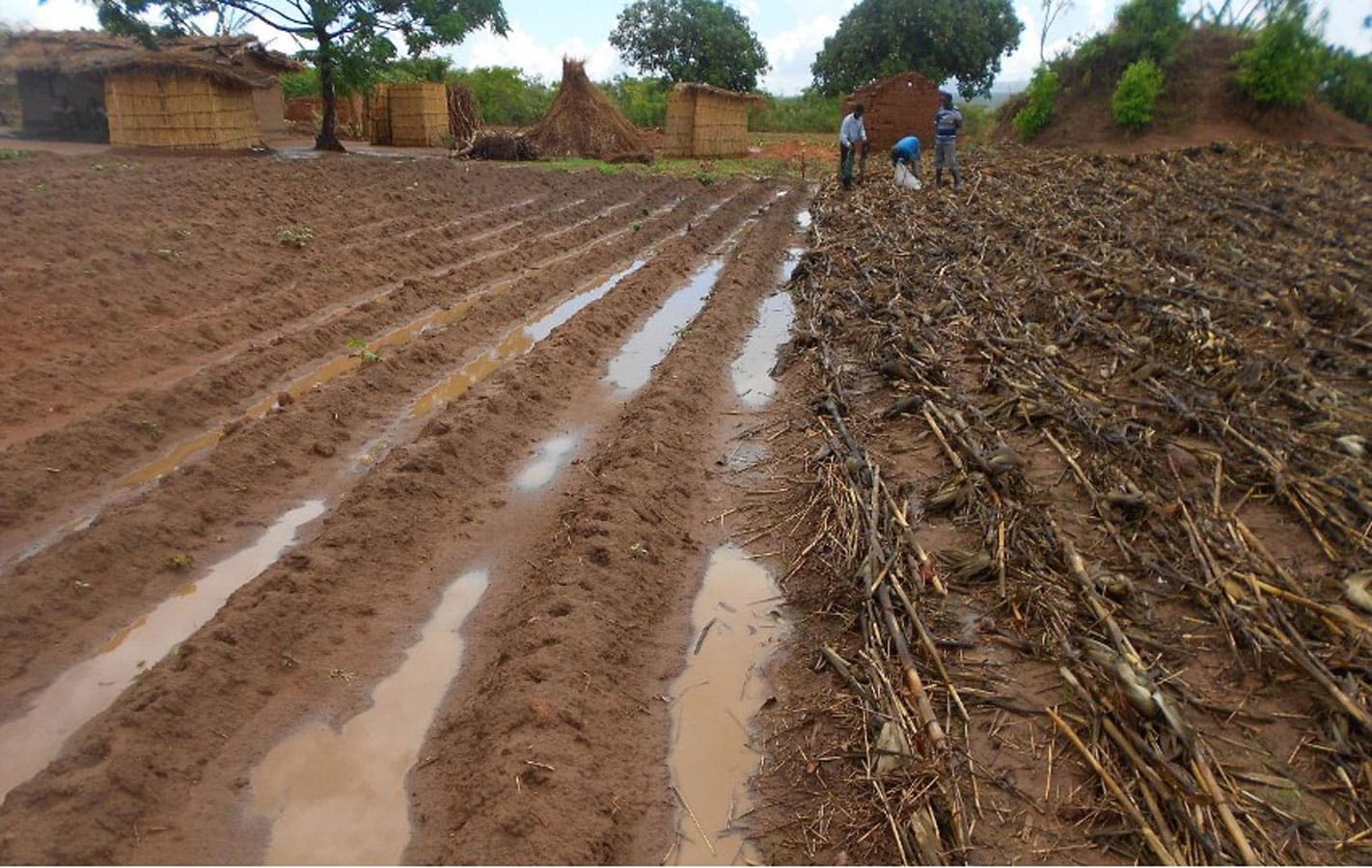Food insecurity and malnutrition are two sides of the same terrible coin. Too many people go to bed hungry. For these unfortunate individuals, far too much effort and income are spent finding the next meal for themselves and their families. Food insecurity inevitably impacts children and adults physically. Adults grow weak, and children sometimes suffer stunted growth. Food insecurity means more than just a lack of calories. It also means a lack of sufficient and beneficial nutrition.
Grow Further was created to aid the fight for better food security through supporting smallholder farming innovation. We’re already doing this through our grant to improve the cultivation of the highly nutritious Bambara groundnut, and are looking at a variety of other proposals, from breeding more nutritious crops, to enhancing the yields of indigenous fruits and vegetables, to developing alternative food sources like edible insects and seaweed.
The World Health Organization uses a broad definition of malnutrition. The term “in all its forms, includes undernutrition (wasting, stunting, underweight), inadequate vitamins or minerals, overweight, obesity, and resulting diet-related noncommunicable diseases.” Simply put, to international health professionals, malnutrition means bad nutrition. WHO’s emphasis is on the health of the global population in general. At Grow Further, we’re most concerned about food insecurity and problems that arise when people lack enough food or enough nutritious food to sustain healthy survival.
The consequences of undernutrition and inadequate nutrition can be devastating and long-lasting, especially for children. Luckily, the impact may not be permanent with the right intervention.
A war on two fronts
Hundreds of millions of people globally live each day with food insecurity.
Prolonged food insecurity is a complex but not intractable problem. In its latest white paper outlining the challenge, WHO estimates that nearly 390 million adults worldwide are considered underweight, while 190 million children are undernourished in terms of calories, causing them to become too thin and small for their ages.
According to WHO, some 150 million children suffer from stunting, meaning they are physically shorter than they should be for their ages due to stunting. A lack of adequate food has literally halted their growth. Millions more children suffer from wasting, as well, which WHO defines as having a body weight too low for an individual’s height. “Nearly half of deaths among children under five years of age are linked to undernutrition,” the agency says. It’s a horrific statistic.
Nutrient deficiency is another side of this enemy.
Micronutrients aid human health and development. It’s not enough to simply get food-insecure people additional calories. More needs to be done to ensure that the calories they consume give them a beneficial micronutrient boost, as well.
Vitamin C deficiency, also called “scurvy,” is well-known for impacting sailors during the early years of global exploration, but a lack of adequate intake of other critical micronutrients can cause even worse problems. Global health professionals are most concerned about inadequate vitamin A and iron consumption. Vitamin A deficiency increases the risks of infection and can cause blindness. Too little iron leads to anemia and renders people weak and listless. Deficiency in iodine, which is regularly added to salt in the United States, also remains common around the world, and consequences include poor thyroid health.
Hope on the horizon
A groundbreaking new study helps to explain why Grow Further and our partners are fighting against food insecurity and malnutrition.
15 years ago, medical investigators recorded the information of 380 severely malnourished children receiving treatment at a hospital in Malawi, a small country bordering Tanzania, Mozambique, and Zambia in Africa’s Great Lakes region. This study didn’t end there. The researchers have been following up with this same cohort of patients for 15 years now to see how medical and nutritional interventions they received have benefited them, and how their earlier experiences with inadequate nutrition may have affected them physically. Their work reveals how dangerous malnutrition can be, but offers hope at the same time. That study, now out in the Lancet health journal, demonstrates just how important it is that we continue working for a far more food-secure future.
“Nearly half of deaths among children under five years of age are linked to undernutrition.”
Not every subject could be contacted—some of the children had unfortunately passed away. For those who survived their ordeal, the former patients were found to be severely stunted halfway into the long-term study, shorter than they should otherwise be eight years later. The children were also found to be physically weaker in terms of how tightly they could grip things. However, ongoing interventions to ensure they received adequate nutrition for the rest of their childhoods seem to have facilitated “catch-up growth” in these same children. In other words, most of the subjects recovered from stunting thanks to better food security, the authors said. “Other studies have also observed better-than-expected growth after malnutrition, possibly because of a greater focus on children perceived to be vulnerable and treated and supported as such,” the researchers theorized.
It may be too soon to reach any hard, definitive conclusions from this particular investigation. It could be decades before we’ll know if these young adults, malnourished as children, will show signs of serious related health problems as they age.
“There is optimism for survivors regarding ongoing catch-up growth and the recovery of strength deficits into adolescence,” the authors concluded. “The first 1,000 days of life is important, but so might be longer-term interventions in later childhood and adolescence to help individuals reach their full physical, developmental, cognitive, and social potential.”
Like food insecurity, malnutrition is a powerful foe. But it can be curtailed with your support.
— Grow Further
Photo credit: A food security project in Malawi. Jefias Mataruse/CIMMYT (CC BY-NC-SA 2.0 Deed).




